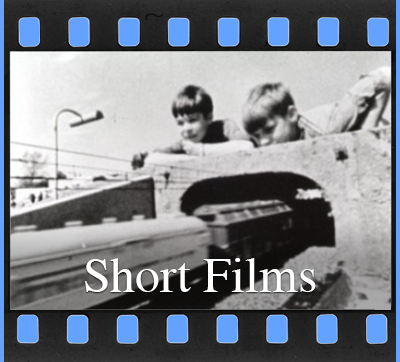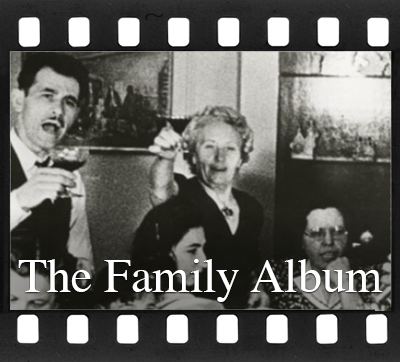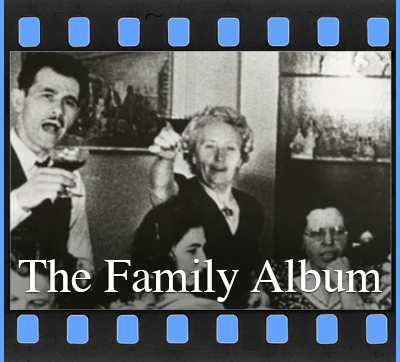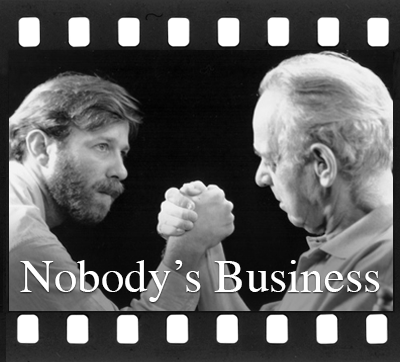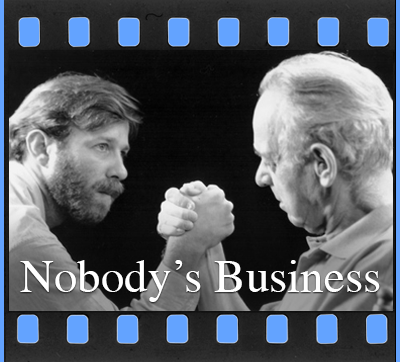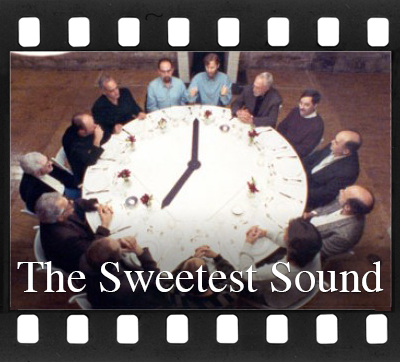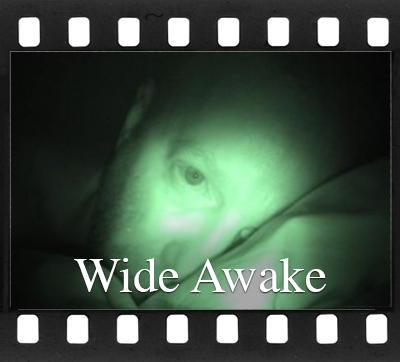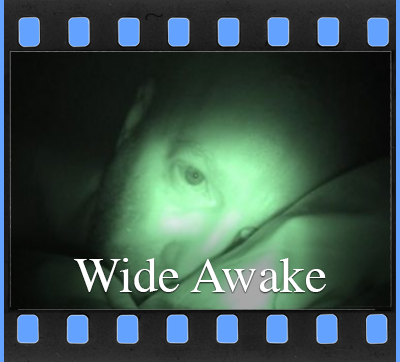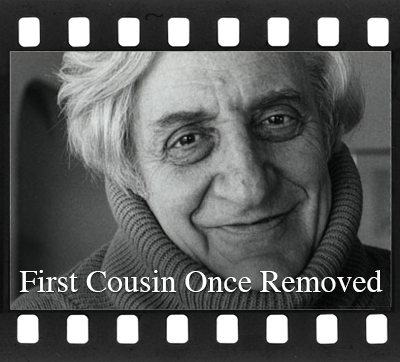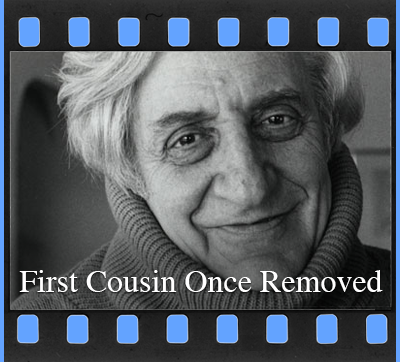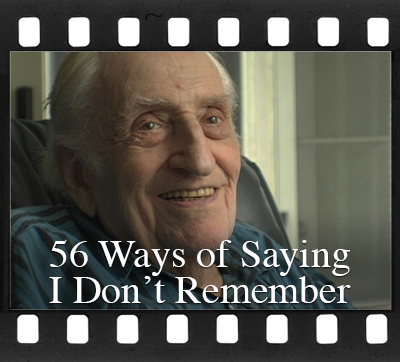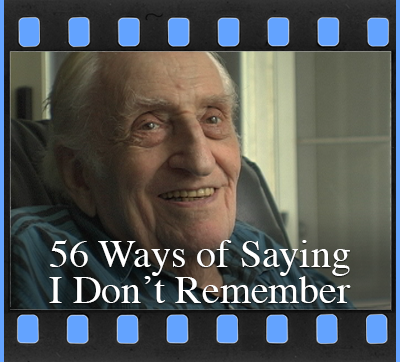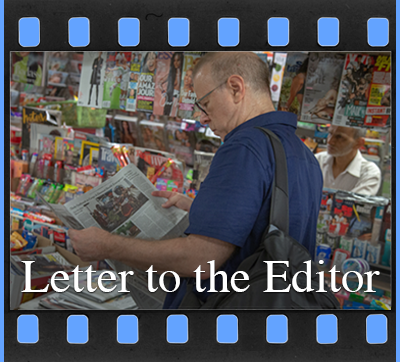Sleepless in New York
By Jean-Martin Büttner, TagesAnzeiger, March 26, 2023
Alan Berliner has assembled over 7000 photos he cut from the influential U.S. daily newspaper into a documentary film. Which images stood out to him the most?
"I'm obsessed," he confesses in his quiet way, sitting across from you in the boardroom of a Zurich hotel. So the saying and the said don't match. Because obsession is the last thing you associate with this polite, attentive and rather shy person.
But you already know what he means. Because Alan Berliner, the 66-year-old New York documentary filmmaker, obsessively collects images or films that he sees on television or in movies or buys at flea markets or from collectors, picks them up, sorts them and uses them in his films. This included private video footage, family books, clips from feature films, school films, industrial films, documentaries, portraits and whatever else interests him. His obsession with collecting is thus intense, but quiet at the same time.
A film with 7056 photographs.
The final result of his "puzzle mentality," as he describes it during his appearance at the "Reality, Second Hand" conference at the Zurich University of the Arts, also defines Alan Berliner's new film. It is called "Letter to the Editor" and shows exclusively photographs that the director cut from the "New York Times" over a period of forty years and comments on from the off in the film. Hundreds of thousands of images were collected in this way, over 11,000 of them scanned and more than 7000 used in the film. "7056, to be exact," says the filmmaker, who likes to be precise. Very much like to be very precise.
Alan Berliner began cutting out in 1980, when he was 23 years old and working in the meantime for the CBS television station as a sound technician to earn money. He describes how an impulse develops into a film for him as a process of intensification: "I had a hunch, it became an idea, eventually a routine, then a ritual, an obsession and finally this project." So you have to think of the development of his projects as an idea that evolves into a ritual, an obsession. As always with his films, their author doesn't know where the project will lead him, and that's what he likes most about his work.
His finest achievement was his 2001 film about names, "The Sweetest Sound," in which he invited all the Alan Berliners of the world to find out who was the real Berliner among them. He visited the John Smith Society, asked people on the streets of New York what they thought their name was, pursued etymology and history, and investigated the rumor that people with complicated names had to simplify their names under pressure on Ellis Island, the immigration island near the Statue of Liberty; the rumor was not true, he found.
"The Sweetest Sound" contains all the elements that make his films so worth watching: Surprise, humor, care, variety of images and great editing. "I'm just a collagist," he says during the interview.
But where does this need of his to collect images or films for decades come from? The director himself interprets it "as an attempt to order the chaos of life. And thus to try to control it." And because this attempt at order means so much to him, he is as thorough in his approach as he is in his collecting. He has created no fewer than 1600 subcategories, he says, in order to grasp the images as precisely as possible and thus to find them again.
More and more rifles in the pictures
He describes how far he went in this process with one of the pictures he uses in his new film. It shows an Iraqi UN ambassador solving a crossword puzzle. Berliner copied the image into several different folders and categories: UN, Ambassador, Iraq, Writing, Thinking, Pencil Holding, Time, and even a category Berliner called "Looking down."
What has struck him most about collecting over all these decades? Changes, he says, that weren't just related to time, but that he noticed over time. For example, he had to add "women with guns" and "children with guns" to his "men with guns" category. He also noticed that the "New York Times" as a whole was showing more and more pictures of gunmen.
Added to this was his realization of how differently a human action is depicted in the images, for example, protest. This category, too, became more and more finely ramified as he became aware of how many forms of protest there are. Angry, joyful, silent, violent, mourning, for example. As one assesses him, he found even further categories.
Awake every night.
Alan Berliner also interprets his obsessions as collateral benefits of a personal problem. For the director has suffered from severe insomnia for decades. He has also made a film about it, "Wide Awake," which, like all his films, is about himself and tells his own story with other people's images and films. If you sleep a few hours a night at most, you have a lot of time to look at such images and films. And then to classify them.
He had already finished "Letter to the Editor" four years ago, but a long legal dispute over the use of the pictures paralyzed the project and prevented it from appearing for a long time. The dispute with the lawyers of the "Times" has been settled - and one is sure that the photographers and the journalists of the newspaper would have agreed to the project immediately. After all, it demonstrates the enormous thematic diversity of the newspaper. Alan Berliner goes through it twice every day: in the morning as a reader and in the afternoon as a picture editor. To be sure he could use a photo that would appear on the back of one, he bought two copies every day; he was popular with his newsstand vendors and thanks them in the credits.
The selection of his images document portraits and landscapes, war, famine and earthquakes, children playing, female athletes exerting themselves, refugees and homeowners. Neither the order of the images nor their selection reveals any principle, but this is also how a newspaper depicts reality, or what it defines as reality.
The paper as a global village square.
Part of the reality of the newspaper also includes its own disappearance, for even the "New York Times," that global village square of information exchange, is struggling with declining circulations and becoming thinner and thinner. Although Berliner also consumes online media, for him they are no substitute for picking up, seeing, leafing through, rustling and putting down, for the haptic experience that for him is associated with reading a newspaper.
The extent to which the medium has been devalued as a channel of information remains for him one of the worst experiences he has had during the Trump years. Alan Berliner, its most loyal reader, could never have imagined that an American president would attack the "New York Times" in public.
Perhaps that's why he has to make his films: To realize what he thinks is unbelievable. He processes the experience by collecting, arranging, and showing images about it.
Jean-Martin Büttner studied psychology, psychopathology and English and wrote his dissertation on the psychoanalysis of rock music. From 1984 on, he worked for the "Tages-Anzeiger" in the culture, domestic, background, and analysis departments as well as a correspondent. Since the beginning of 2021, he has been writing as a freelance author.
- ◻ SYNOPSIS
- ◻ DIRECTOR'S Q&A
- ◻ AWARDS
- ◻ FESTIVALS
- ✓ PRESS
- ◻ INTERVIEWS
- ◻ CREDITS
- ◻ PHOTOS




